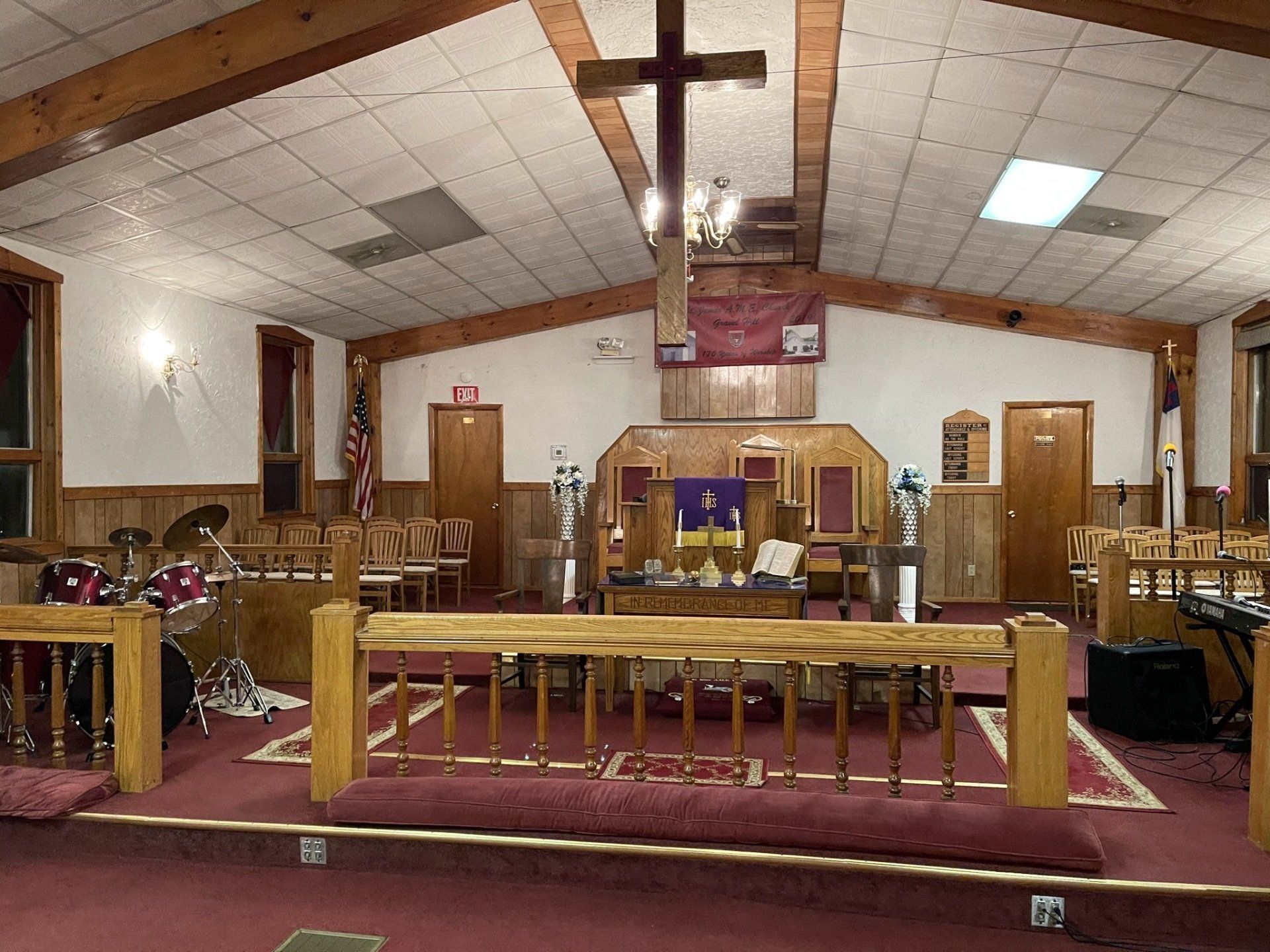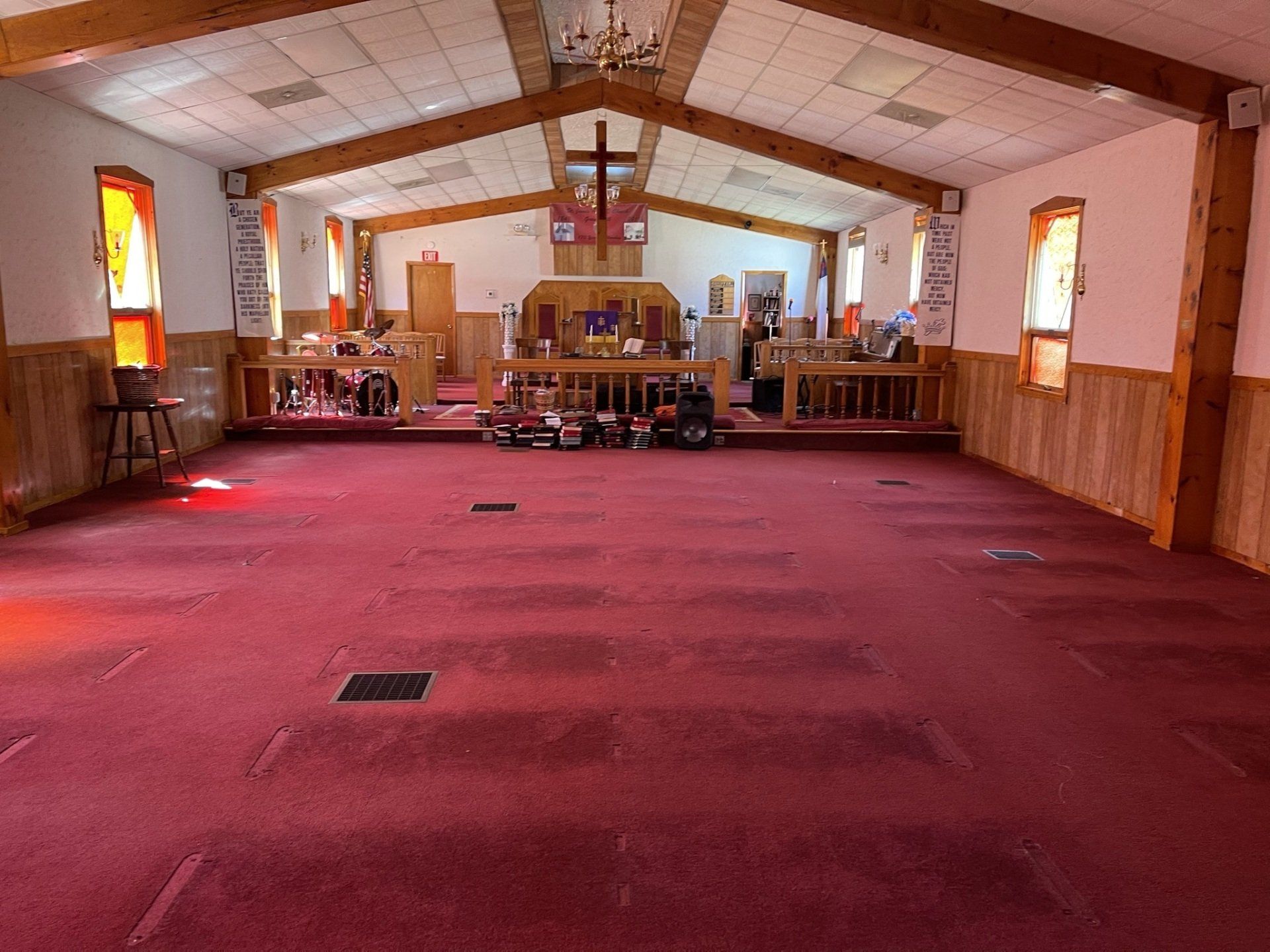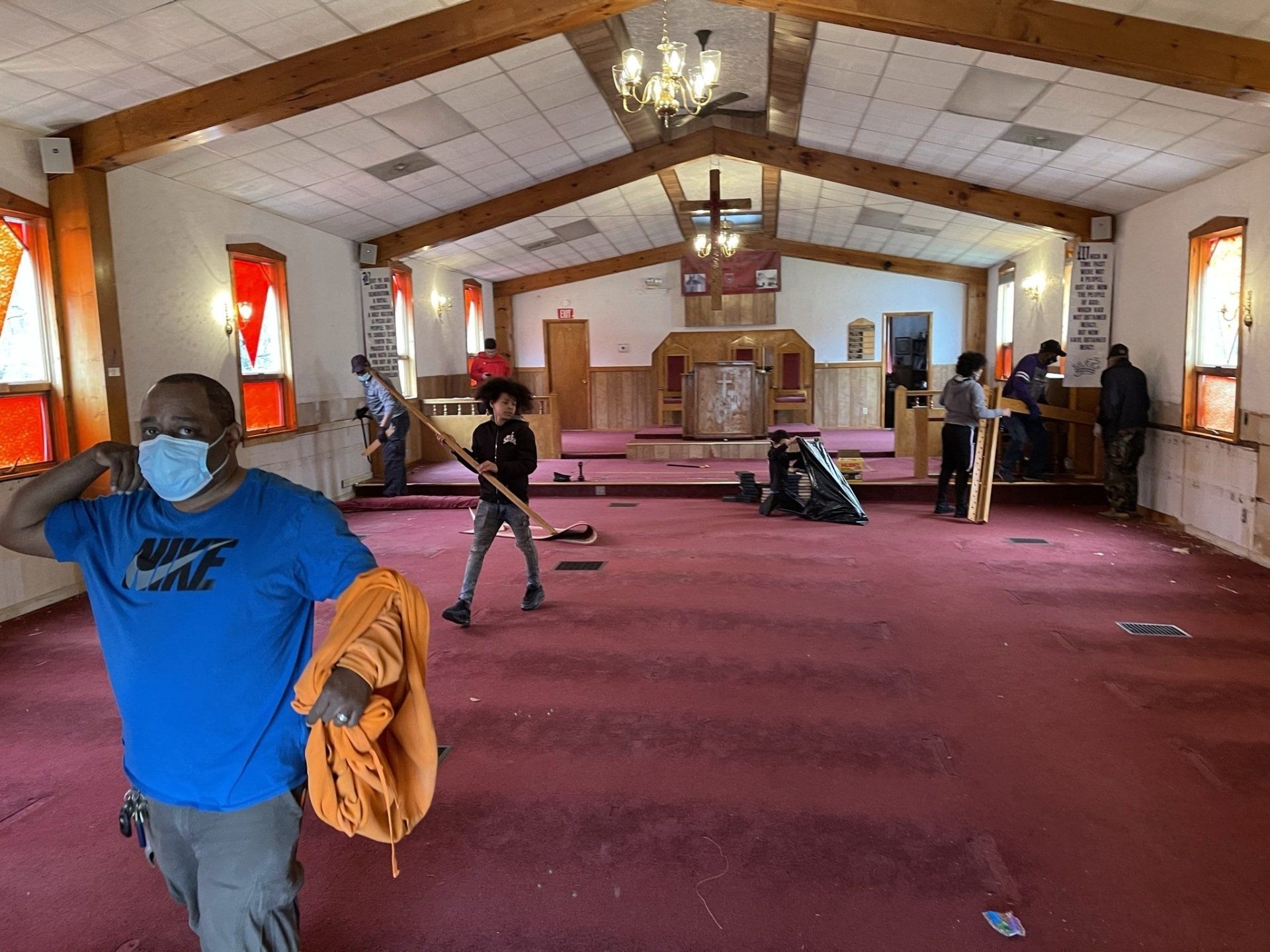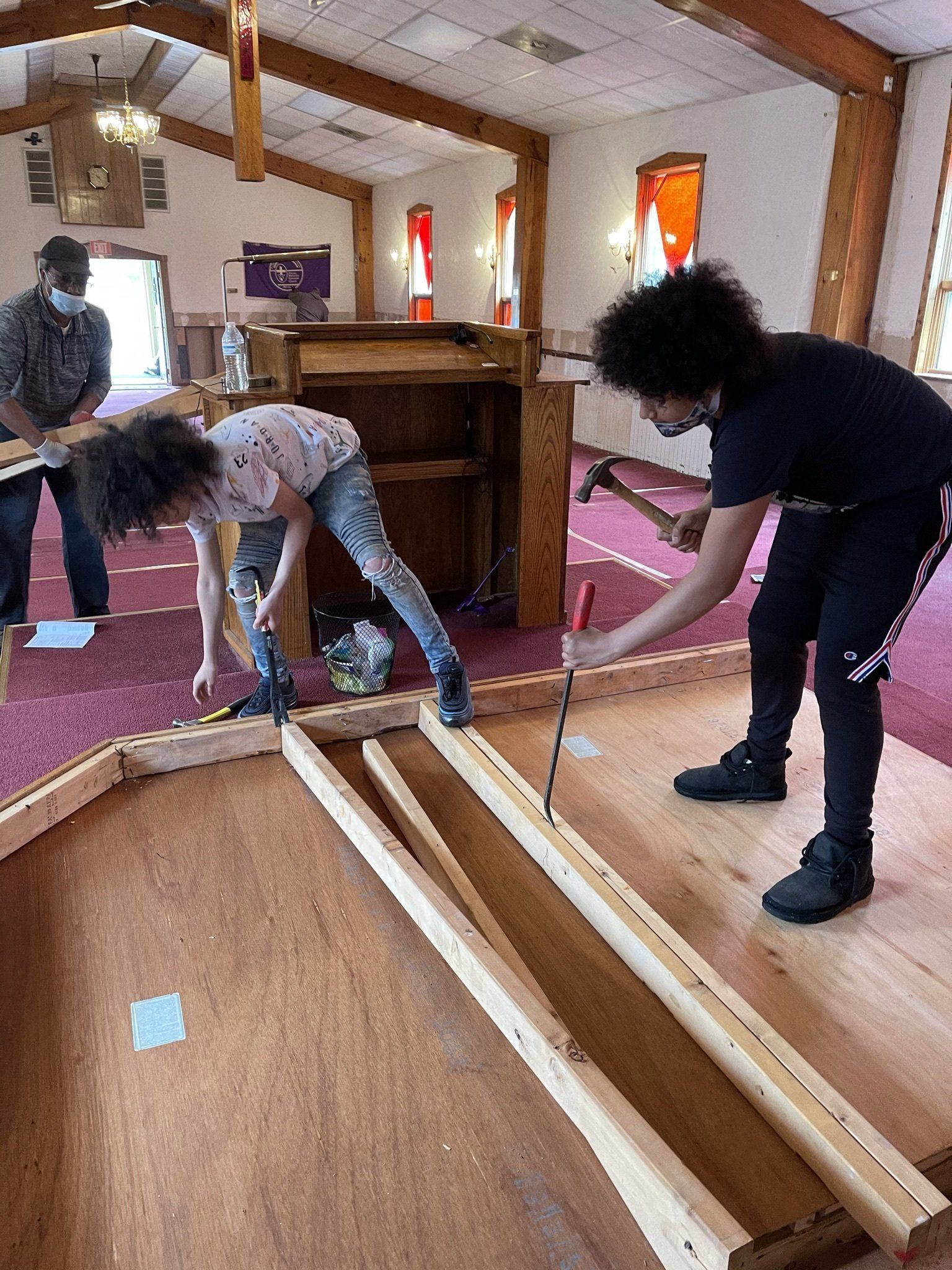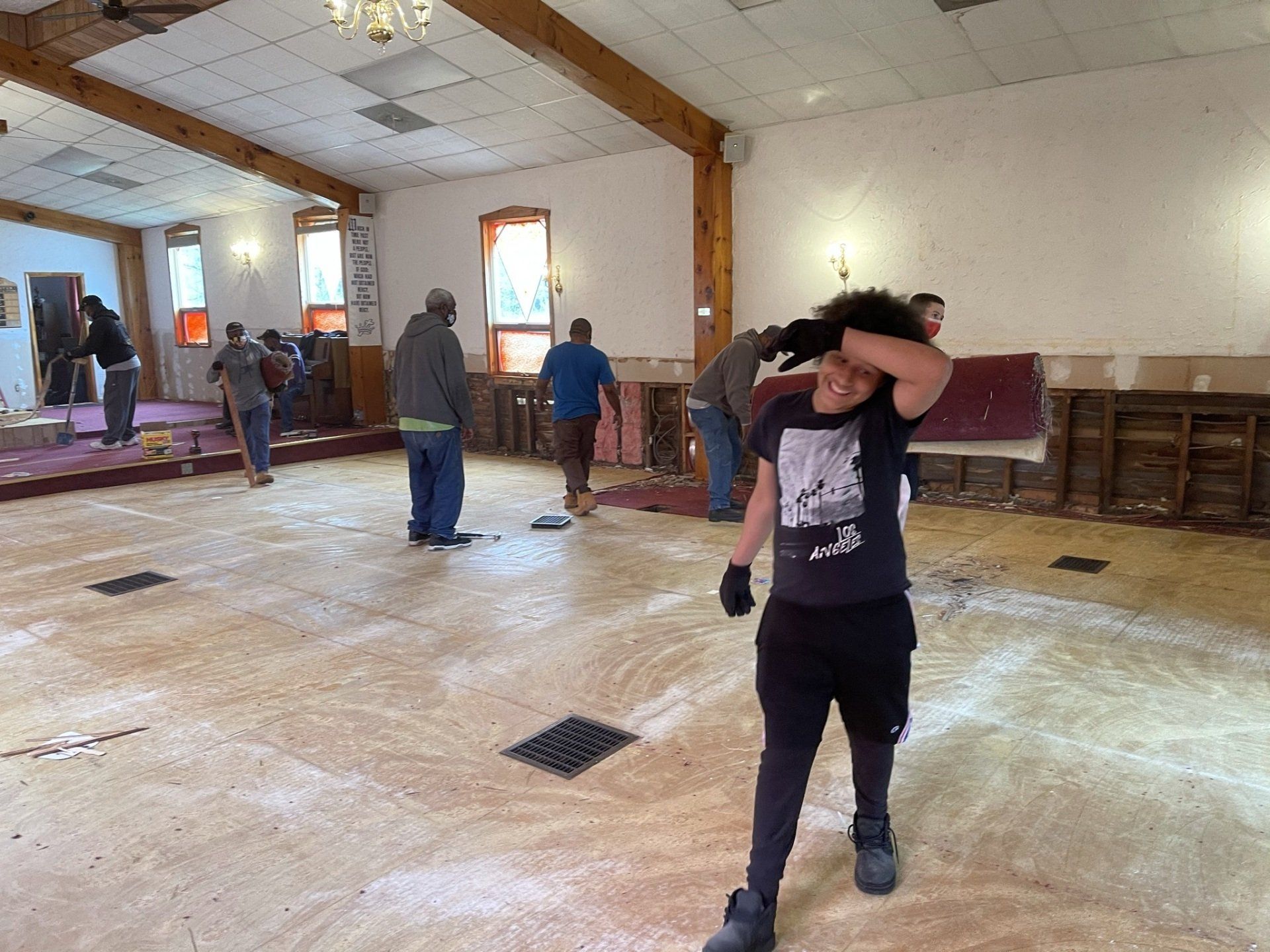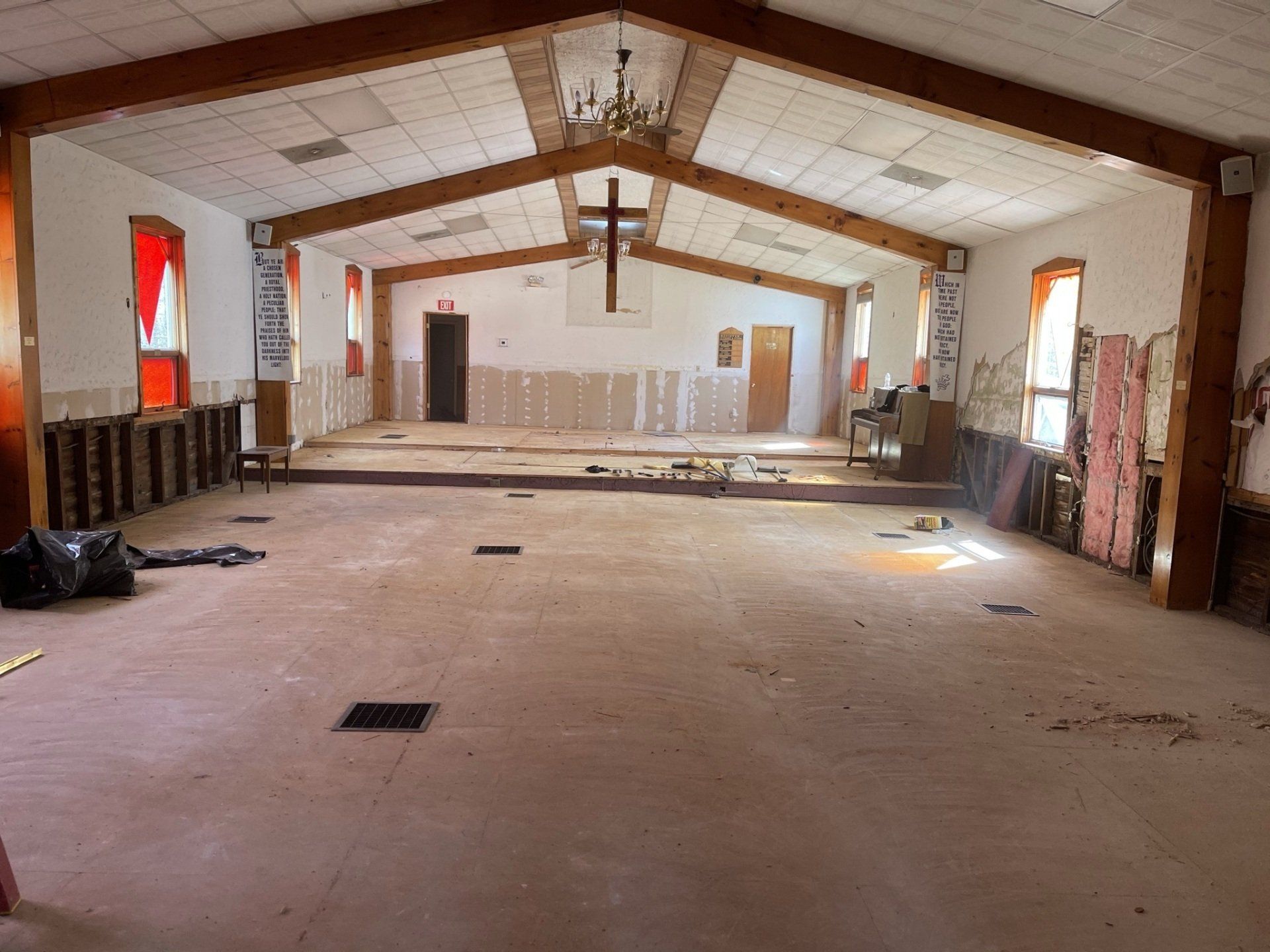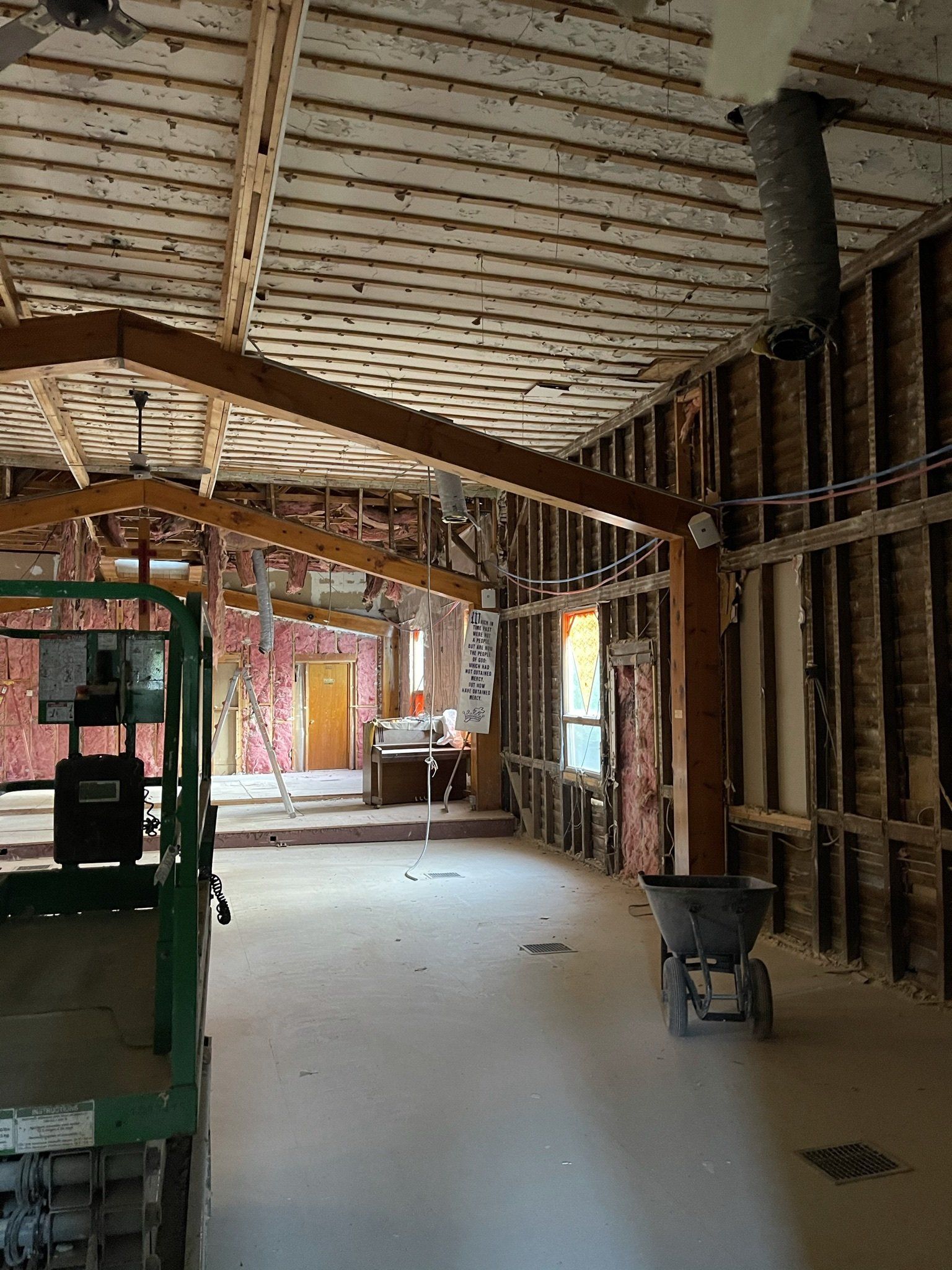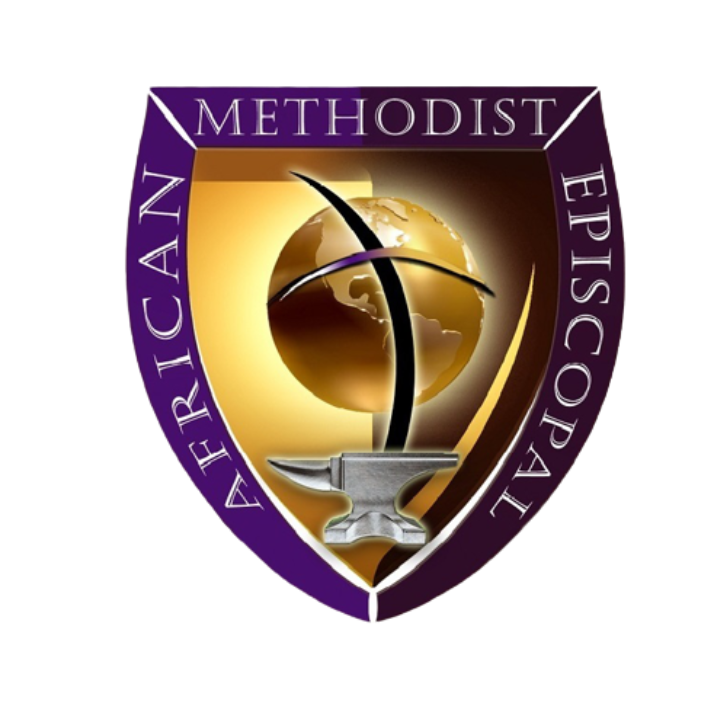The Legacy On The Hill
How It All Started
Gravel Hill located in the rural area of Havre de Grace Maryland was established as a Freedman’s community prior to the civil war. In 1816, the African Methodist Episcopal Church was the first independent protestant denomination to be founded by African Americans in Philadelphia Pennsylvania. In Harford County Maryland the now St. James African Methodist Episcopal church started in 184 or perhaps even earlier as Bethel Church. Not able to assemble publicly, a small resilient group of community residents desiring a place to gather and worship God met in the home of Mr. James and Mrs. Ellen Peaco as a congregation. The members of this “meeting house” congregation erected a church building on Zion Hill nearby. This was incorporated and named Mount Zion African Methodist Episcopal Church. Shortly afterwards, a school called Anderson Institute was established in the city of Havre de Grace by presiding Bishop Daniel Payne.
Rev. A. W. Wayman of the African Methodist Episcopal Conference appointed Rev. W. M. Waters as pastor of the church. Worshippers came from all over the area, as far away as Darlington, Maryland in horse and buggy and on foot to attend the new church. Mr. James Peaco was elected by the members of the church as treasurer because of his business skills. The church has had many appointed pastors to serve this faithful congregation. The ministers who served in the Pastorate at Zion Hill after Rev. W.M. Waters were as follows: Rev. Levin Lee 1851; Rev. Edward Chambers 1852-1853; Rev. Samuel Wilmore1854; Rev. W.M. Hopkins 1855-1856.
In 1857, trustee Russell Hill and wife Ruth donated land in Gravel Hill to serve those older members not able to travel to Zion Hill. Rev. Samuel Wilmore returned 1857-58; Rev. Steven Clark, 1859 expired while serving; Rev. John Henry, 1860-61; Rev. W.M. Hopkins again 1862-64. The congregation grew in age and attendance. The church was named Ebenezer Church and expanded to purchase land for burial lots in February of 1864. At this time the two churches, Gravel Hill and Zion Hill, were served by some of the same trustees and with the same pastor. On the 12th day of March in the year of 1864, a deed was issued to the trustees of the church namely Thomas Miller, Solomon Stewart, and Samuel Johnson for the plot of land purchased.
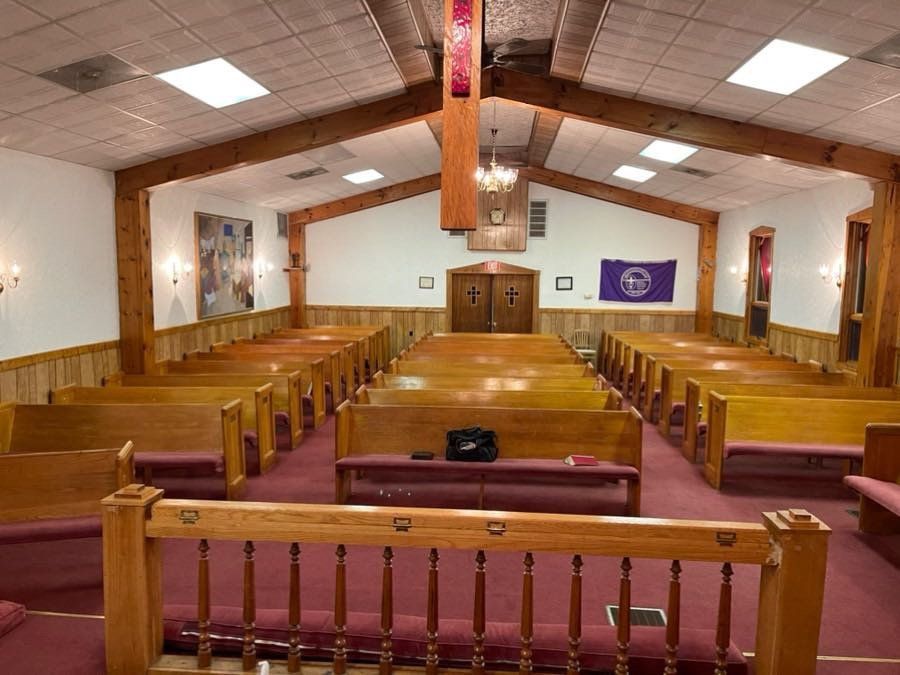
History Continued
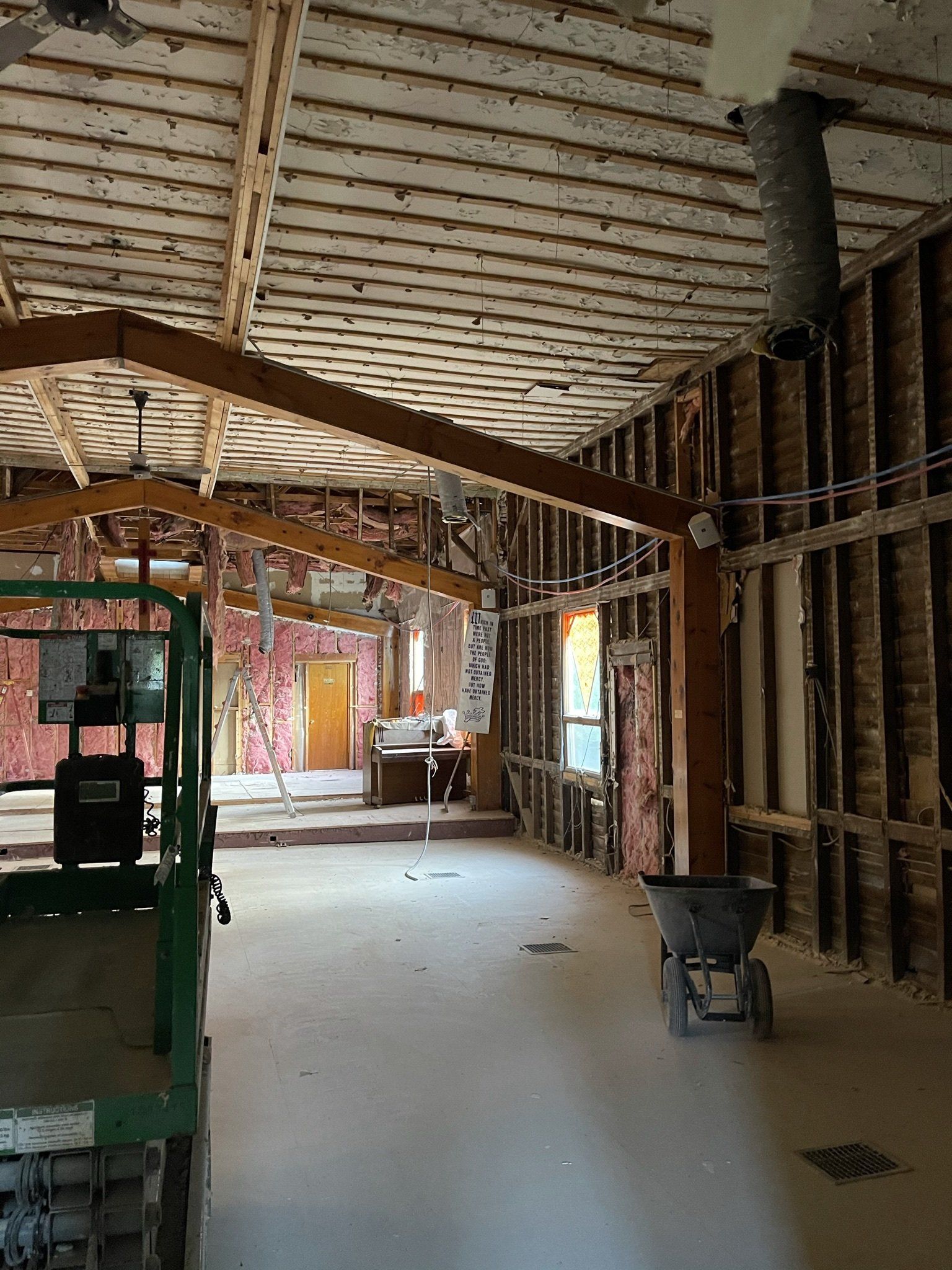
The first edifice after the separation of Mount Zion Meeting House was built in 1864. Rev. Daniel Rideout served in 1865. In September 1868, the church was built at Gravel Hill renamed after Mr. James Peaco – Saint James A.M.E. Church. The first building was used as a primary school and social hall. Rev. Jacob Hatton served as the last circuit rider between the two churches from 1868-1869. Rev. Josiah Hughes, 1870-1871, preached on Sundays and taught school during the week. Notable trustees to serve were several Civil War veterans, namely Abraham Turner, Lewis Bowser and Jeremiah Miller. Then Rev. Cordell and Rev. Wheatley Brown were appointed. Hosanna and St. James became a circuit after the separation of St. James, Havre De Grace. Rev. Plater Greene served as the circuit rider. Stewardville, Maryland was added to distinguish the two Havre de Grace St James’
After Rev. Greene came; Rev. Williams, Rev. Trusty, Rev. Miles, Rev. Holder, Rev. I Miller, Rev. William Mosely, Rev. Makell, Rev. M. B. Simpson, and Rev. R. L. Bond who served 18 years. Rev. Leo Anderson came in December of 1968, and in 1970 major renovations began on the church. A new hall was erected. In 1974, St. James members purchased a bus and in 1978 replaced the pews and pulpit. In 1980, another bus was purchased for transportation of the members. In December of 1982, Rev. Leo Anderson became quite ill and was not able to serve for a while. At which time Rev. Edward C. Wilson, the presiding Elder of the Eastern District, Baltimore Conference used Rev. Violet Hopkins Garnett and Rev. Arthur Mitchell to supply both St. James, Stewardville and Bethel, Port Deposit until the return of Rev. Leo Anderson. During the annual conference he was reappointed and in May 1982 the church mourned the loss of Rev. Anderson. In 1982 St. James was sent Presiding Elder Edward C. Wilson who supplied St. James with Rev. Carolyn Rich Eadie and Rev. Violet Hopkins Garnett. The Presiding Elder became the pastor for the entire conference year. In April of 1983, Rev. Violet Garnett changed from Local orders to Itinerant orders and was appointed to St. James African Methodist Episcopal Church, Stewardwille. Further history was made in April 1983 because the circuit was official split at the Baltimore Annual Conference and the first woman pastor was assigned to St. James A.M.E. Stewardville by the 87th Bishop of the A.M.E. Church, Bishop John Hurst Adams.
History Continued
In 1994, the commission on historic sites declared St. James Cemetery as an historic landmark. It is the third African American landmark designated by Harford County. There are approximately 300 graves in this cemetery. There are also several civil war veterans buried there; namely, Lewis Bowser Co B, 43rd U.S.C.I., Santa Bowser 43rd U.S. C. I. Abraham Turner, CO A, 32nd U.S.C.I., Peter Moses CO A, 10th Infantry, Jeremiah Presbury, James Collins, Jessee White, Jerry Miller and Lloyd Ramsey.
St. James A.M.E. church birthed sons in ministry, the late Reverend William H. Bond and Reverend Reginald M. Bishop. In 2005, St James A.M.E. birthed its third son in Ministry when Brother Warren E. Bowen, Sr. preached his initial sermon and was examined by the Board of Examiners through the Eastern district conference, for admission to the Baltimore Annual Conference. One daughter, Rev. Arthurine Bishop
St. James A.M.E. has always acknowledged its role in leading the community. It has been the starting station for many organizations, like Park & Rec, the United Ushers and Choral Ensemble, just to name a few. Uniting community became most evident in 1989 when the property owner of the land next to the church sought legislation from Harford County Government to develop a rubble landfill. St. James has led the community in this struggle ever since. This issue quickly escalated and required legal assistance. God knowing the needs of his children, blessed St. James and the Gravel Hill community with Attorney Patricia Nimmerichter Drummond (Pro Bono), who spearheaded our legal efforts from 1990 to 2000. In 1994, Professor Sherrilyn A. Hill of the University Of Maryland School Of Law, along with several law students joined our struggle. We were also blessed by God to have the support of Attorney Jennifer Schwartzott (Pro Bono) who is now part of a renowned law firm.
The legal team’s research of St. James revealed the cemetery in the rear of the church was a historic site. Subsequently, in 1996, after much effort from the community, St. James Cemetery was declared a Historical Landmark through legislation by the Harford County Council. In 2014, the Gravel Hill community became part of The National Civil War Discovery Trail for the childhood home of Sergeant Alfred B. Hilton (1842 – October 21, 1864) who was an African American Union Army soldier during the Civil War and a recipient of America’s highest military declaration—the Medal of Honor—for his actions at the Battle of Chaffin’s Farm. The county park is named in his honor, dedicated in 2002. He is Harford County’s only Medal of Honor recipient.
In 2006 Rev. Violet Hopkins Tann retired after 23 years of pastoring. Rev. Cynthia Harvin served until her retirement in April 2018. Church theme has been “The little church on the hill” with the scripture of 1Peter 3: 9: “
In April 2018 Bishop James Levert Davis appointed the Rev. Ricardo C. Burns Pastor
St. James AME Church
Gravel Hill

“The Legacy On The Hill”
MashIt
“Strengthen What Remains...” Rev. 3:2
FabuFit

Slide title
Write your caption hereButtonSlide title
Write your caption hereButtonSlide title
Write your caption hereButtonSlide title
Write your caption hereButtonSlide title
Write your caption hereButtonSlide title
Write your caption hereButtonSlide title
Write your caption hereButtonSlide title
Write your caption hereButton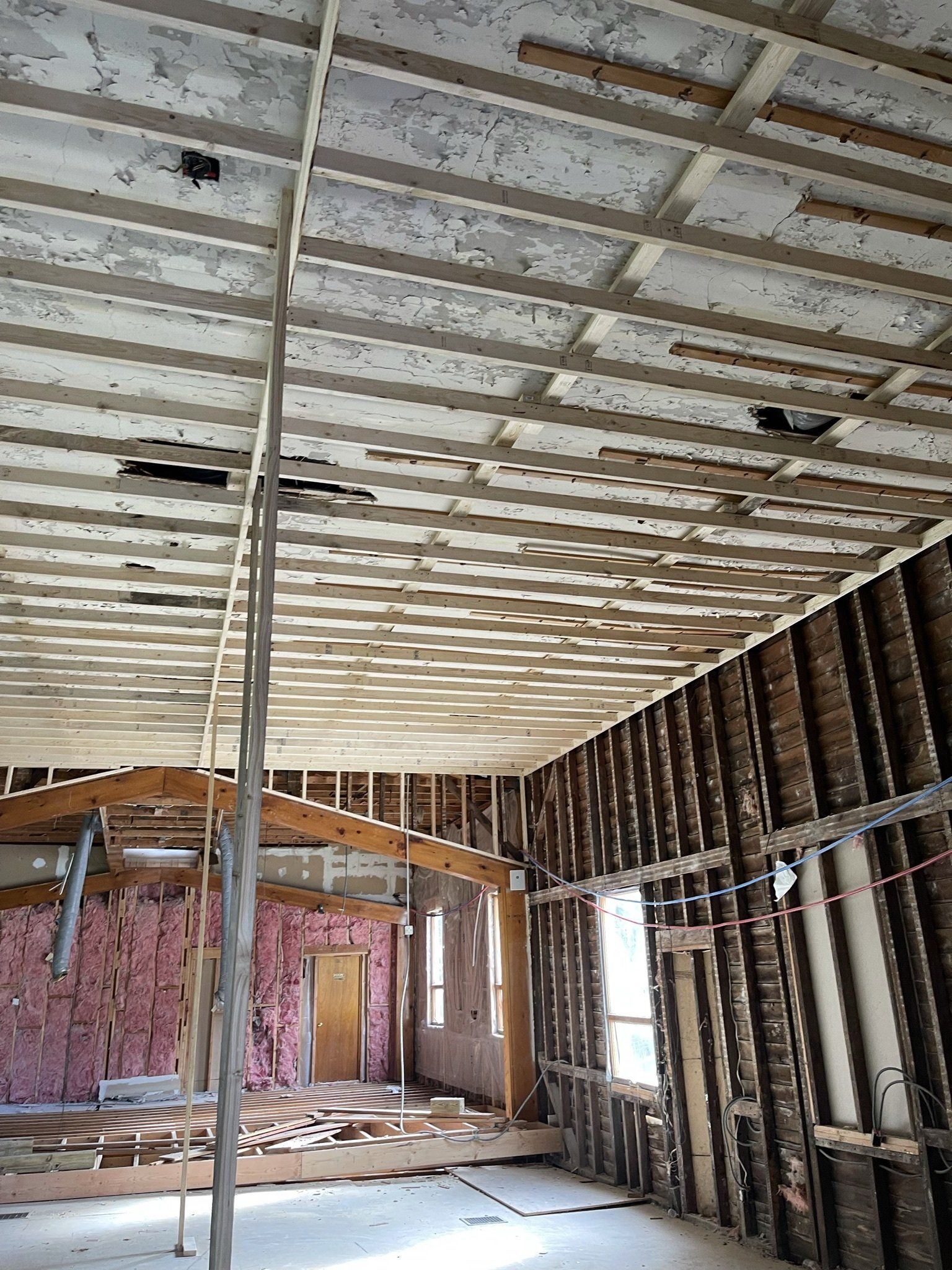
Slide title
Write your caption hereButton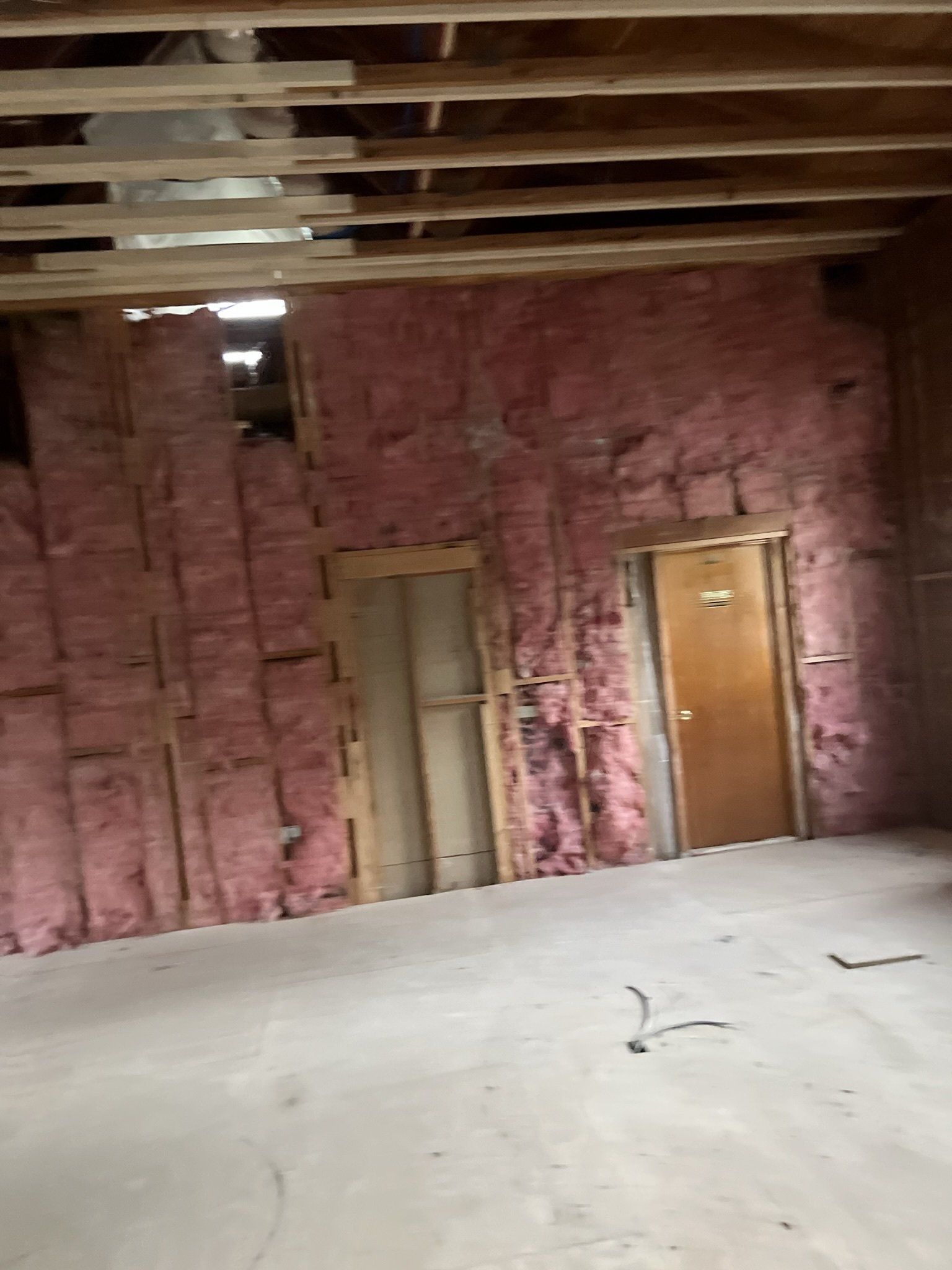
Slide title
Write your caption hereButton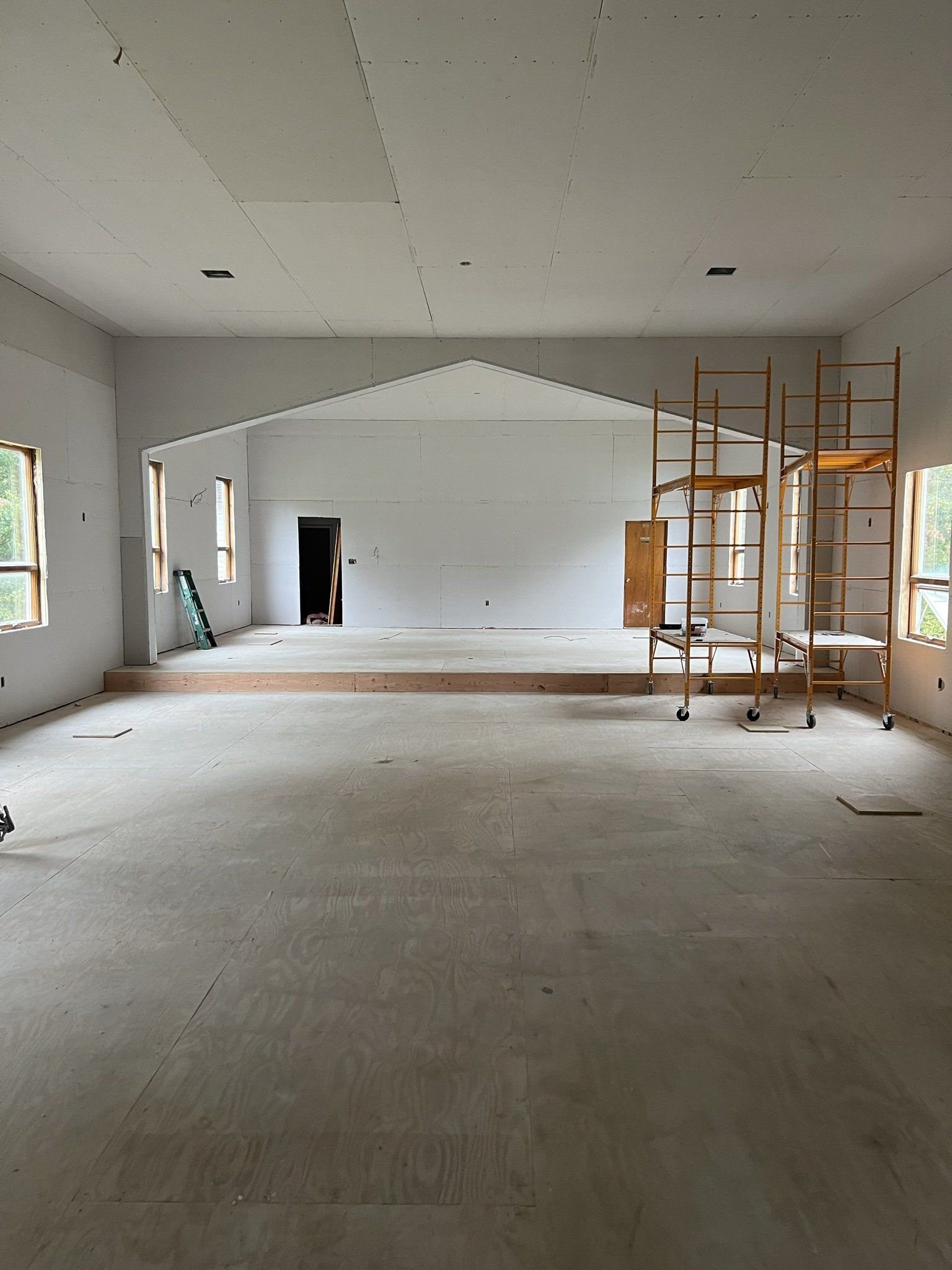
Slide title
Write your caption hereButton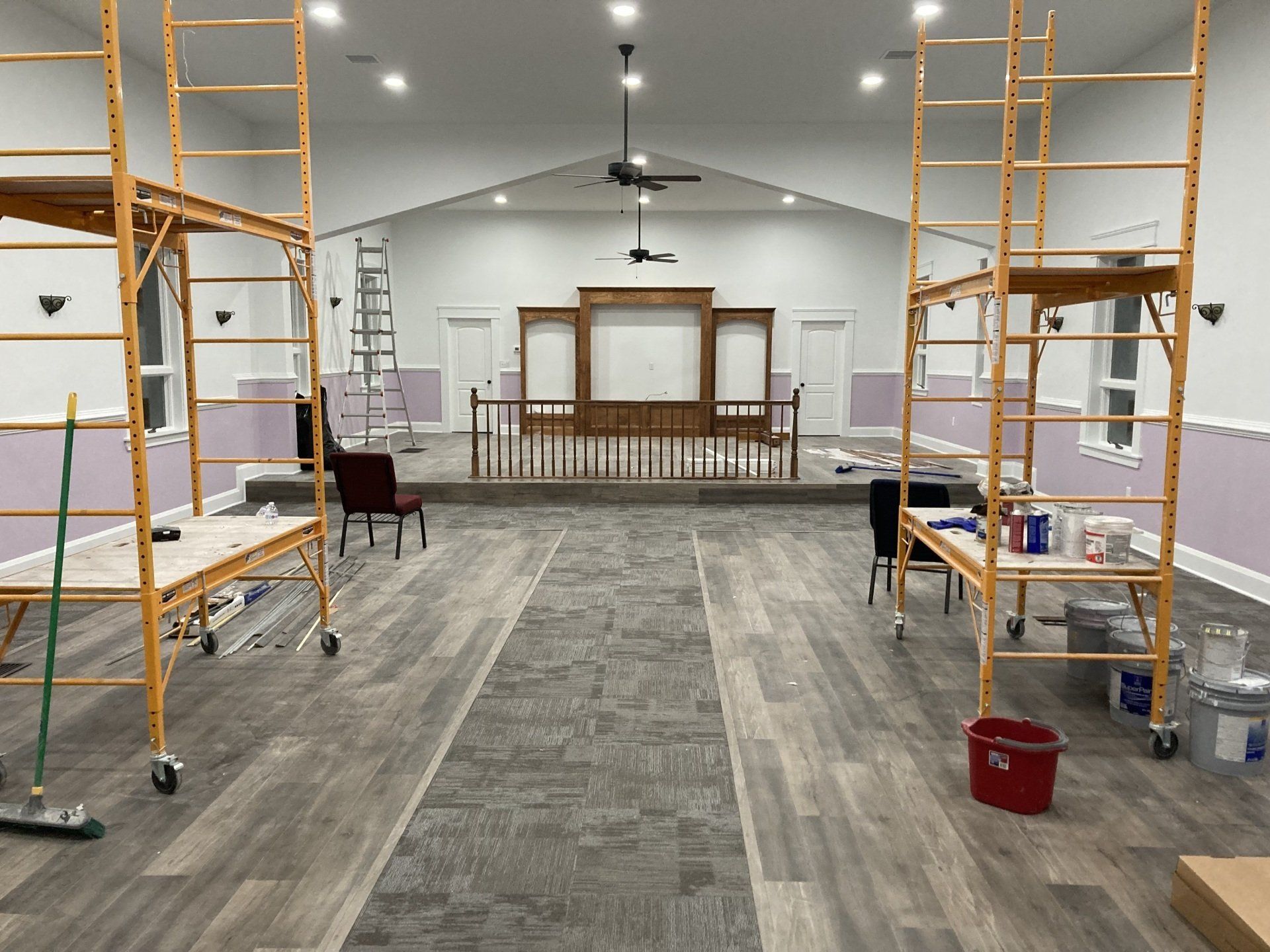
Slide title
Write your caption hereButton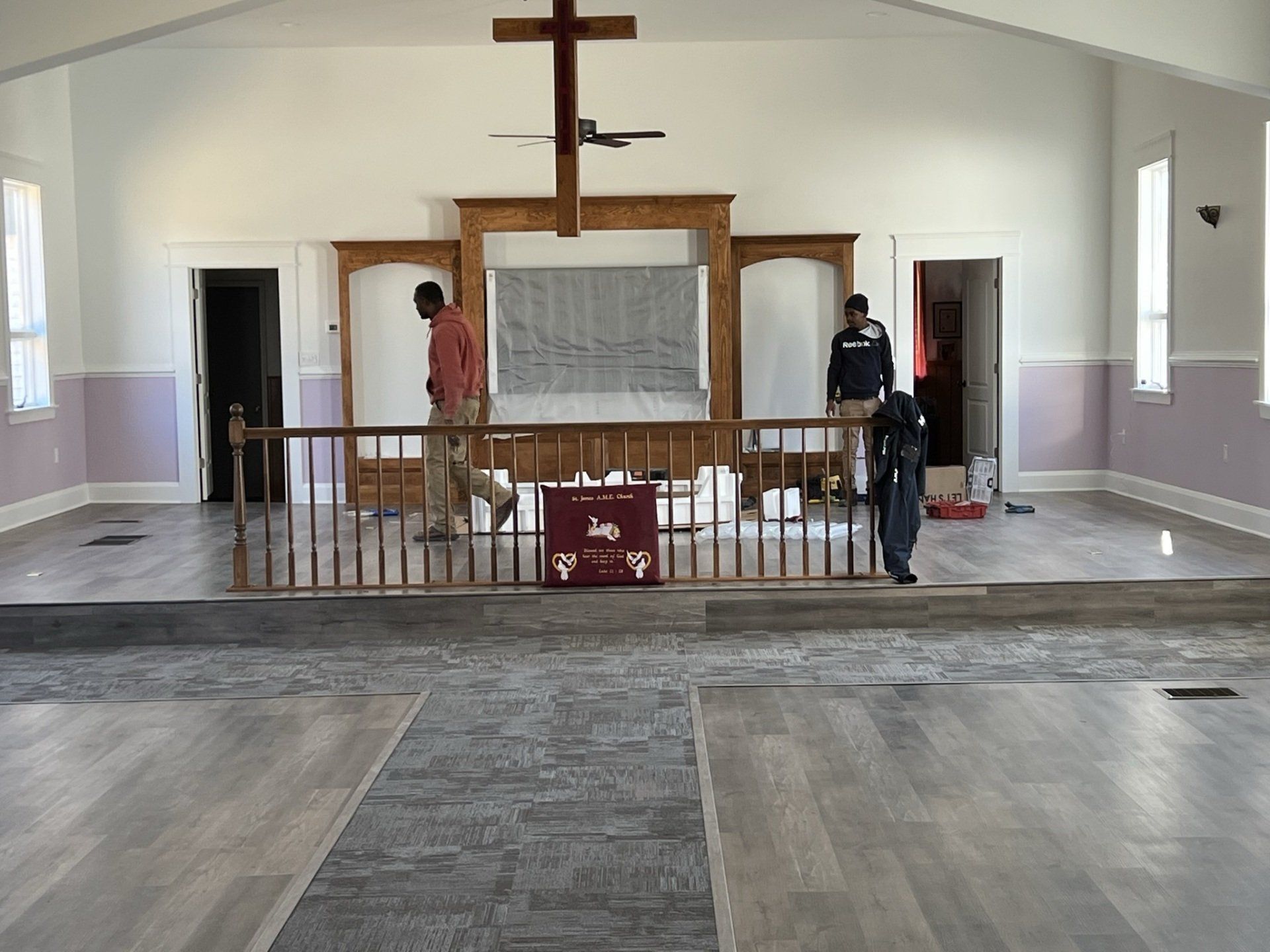
Slide title
Write your caption hereButton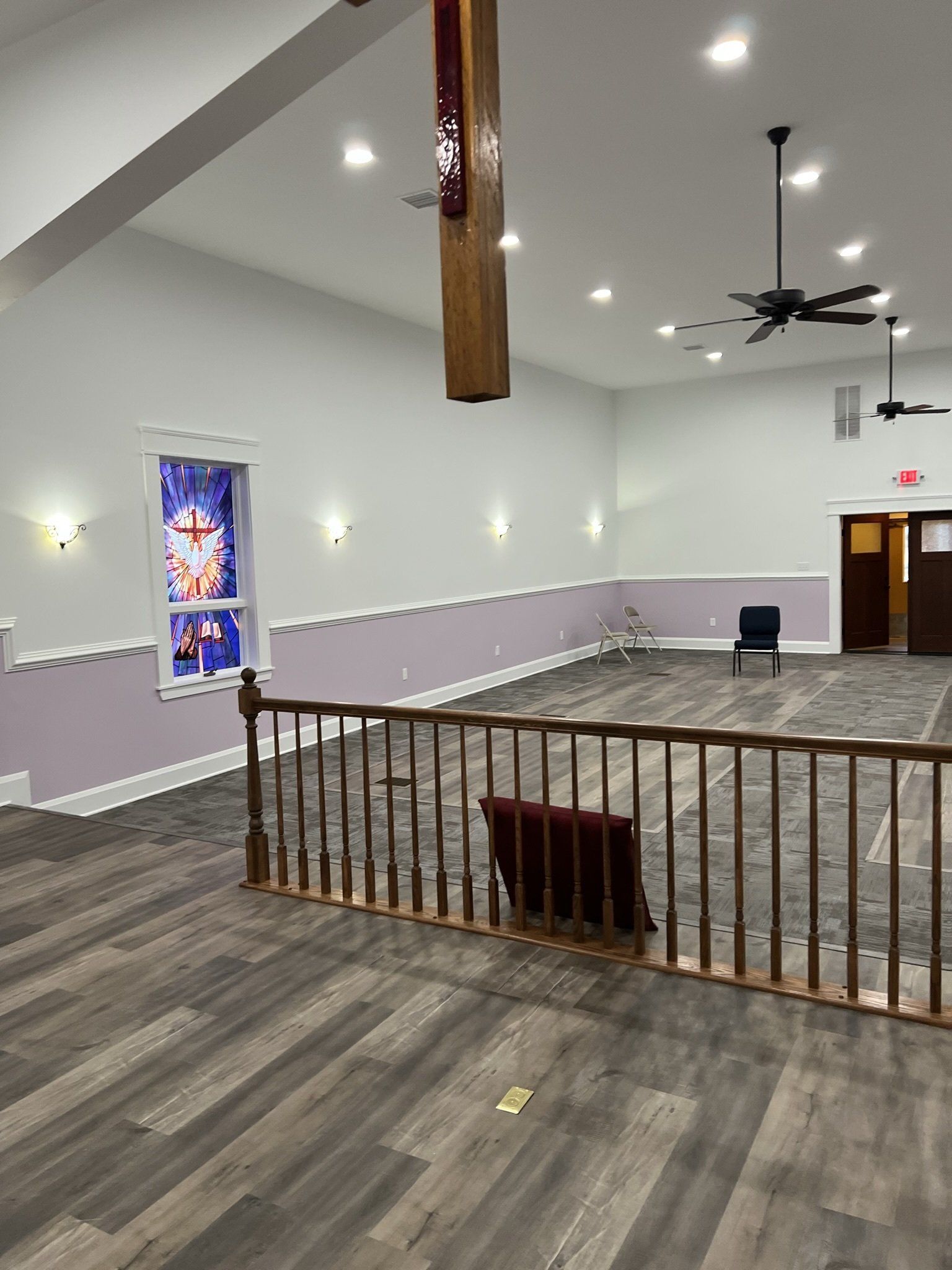
Slide title
Write your caption hereButton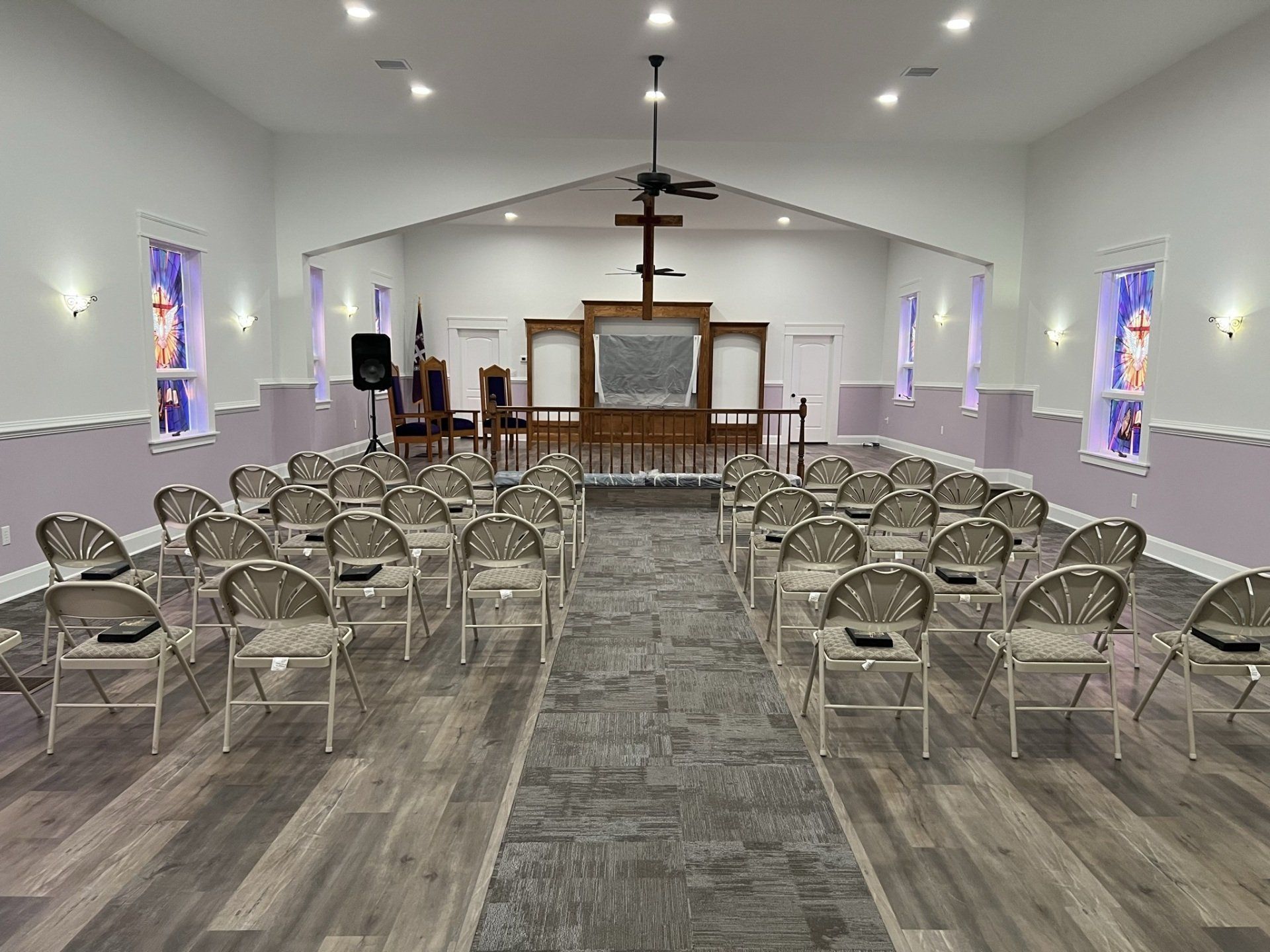
Slide title
Write your caption hereButton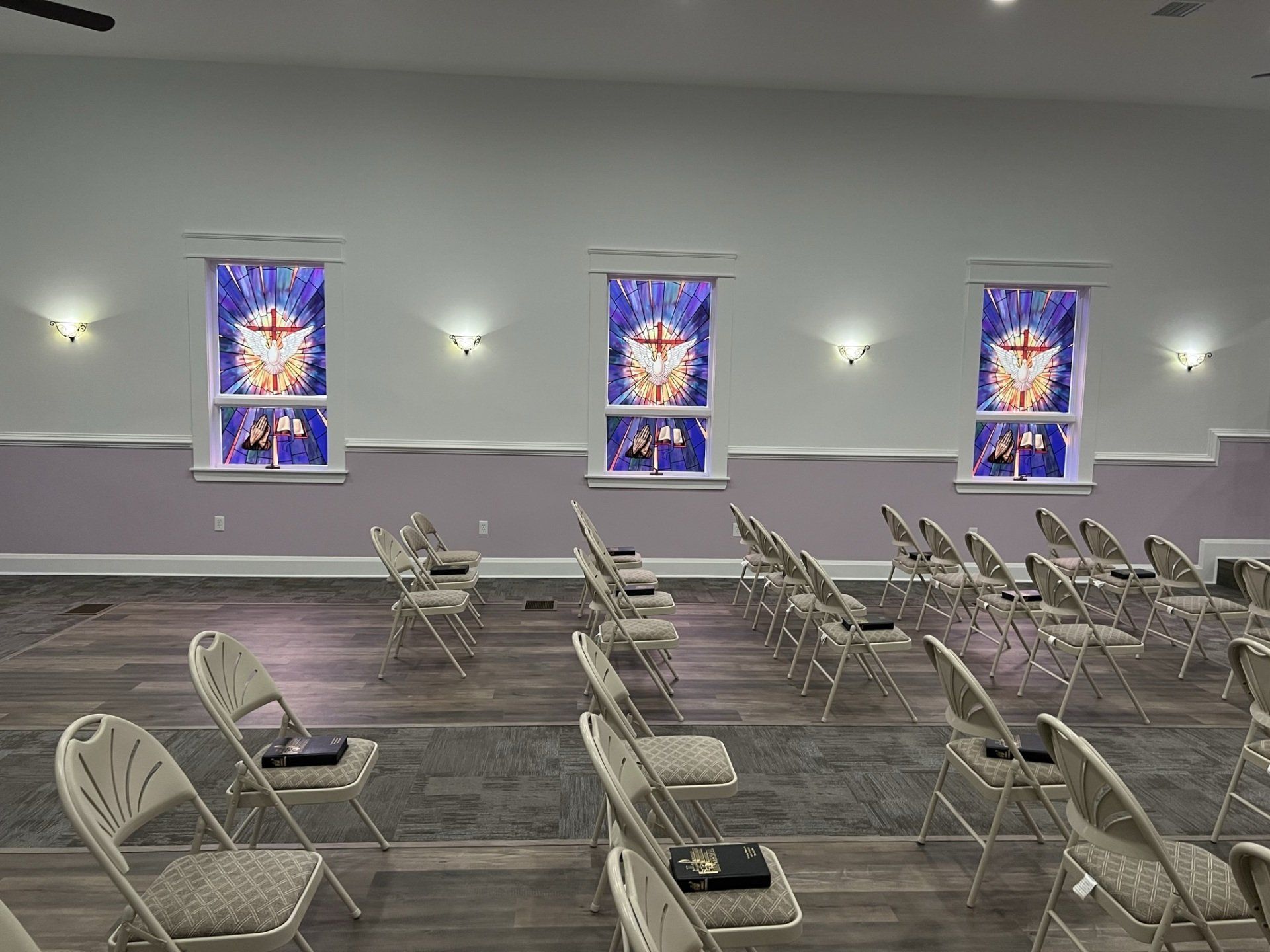
Slide title
Write your caption hereButton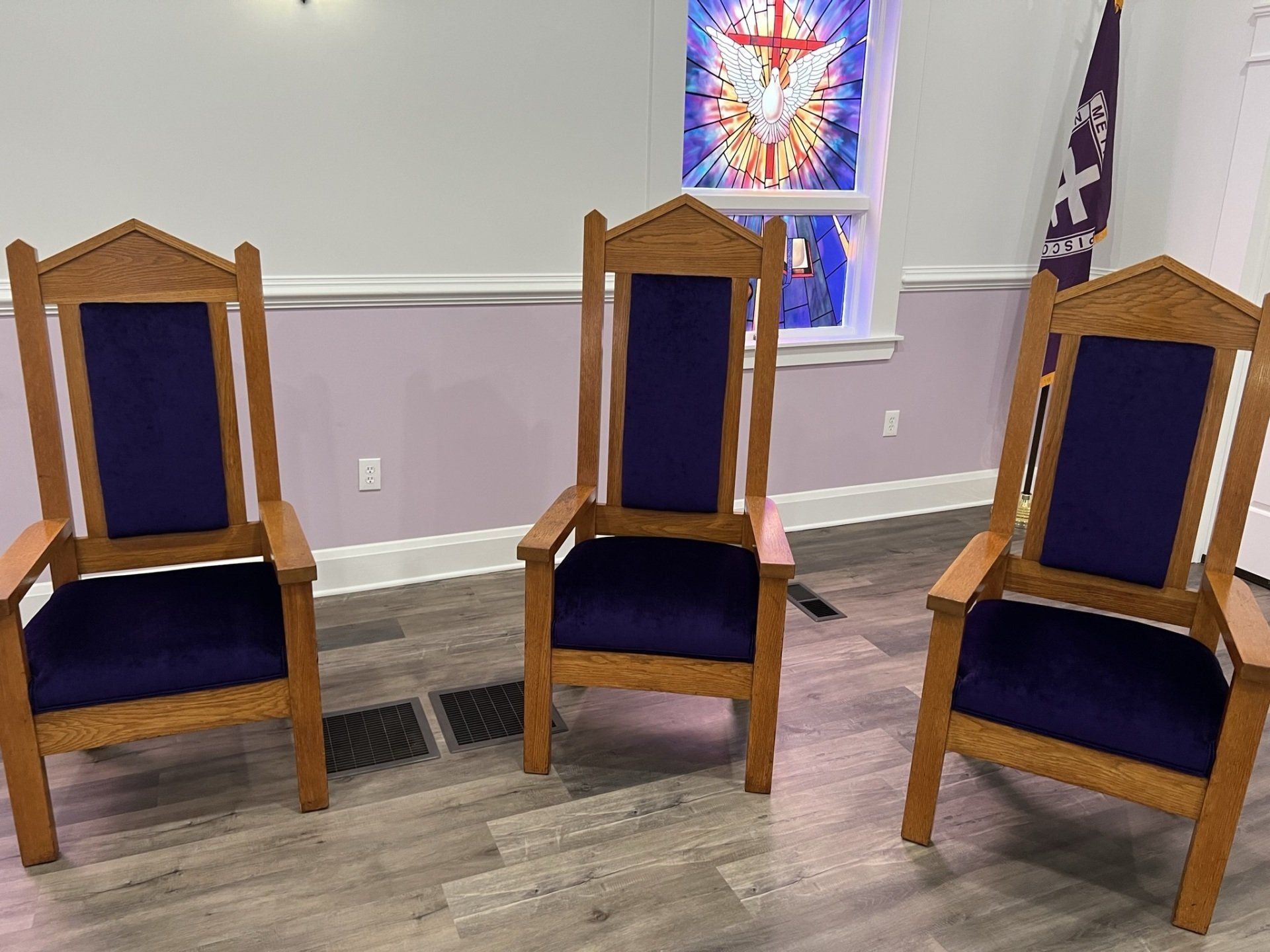
Slide title
Write your caption hereButton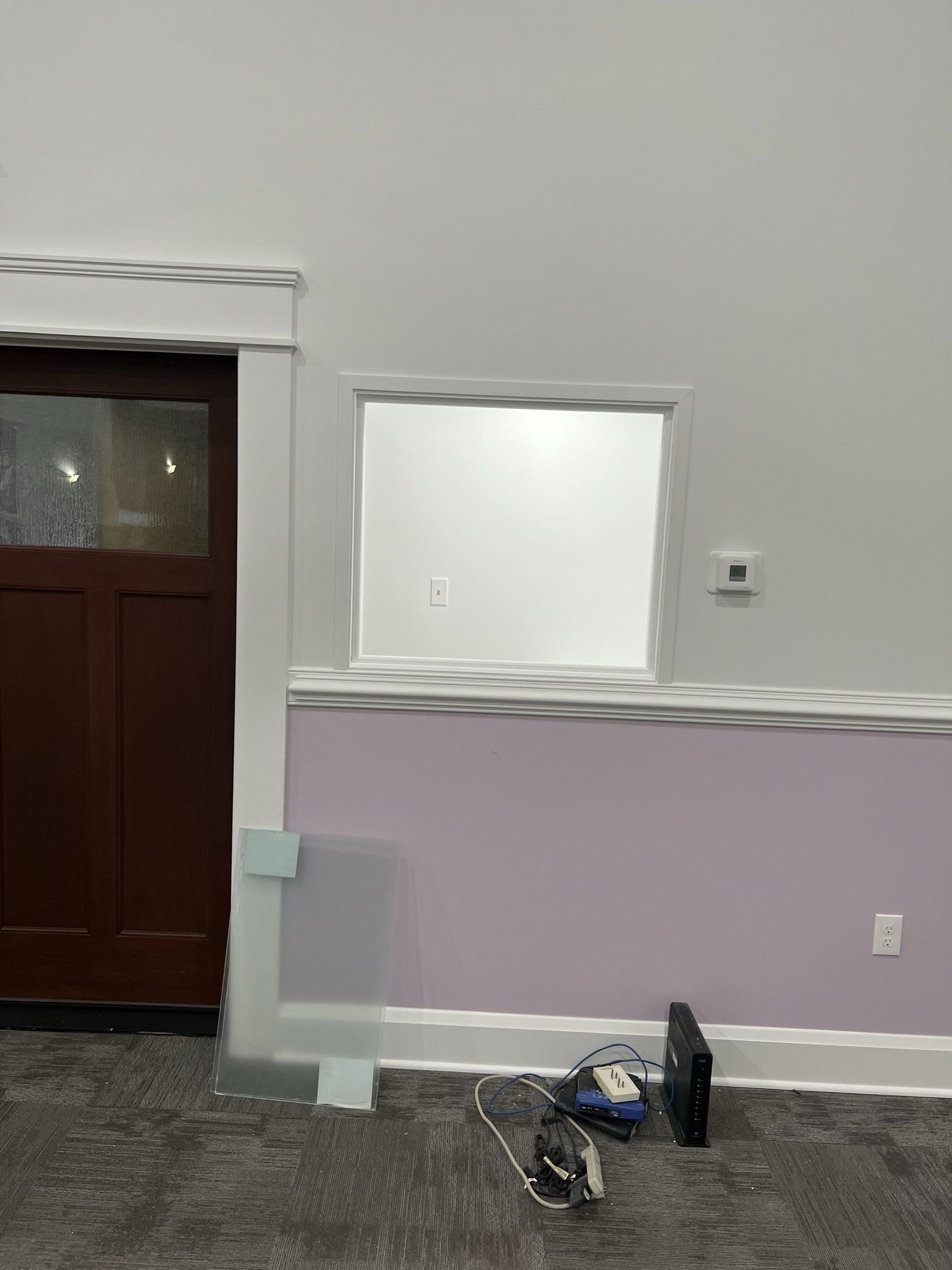
Slide title
Write your caption hereButton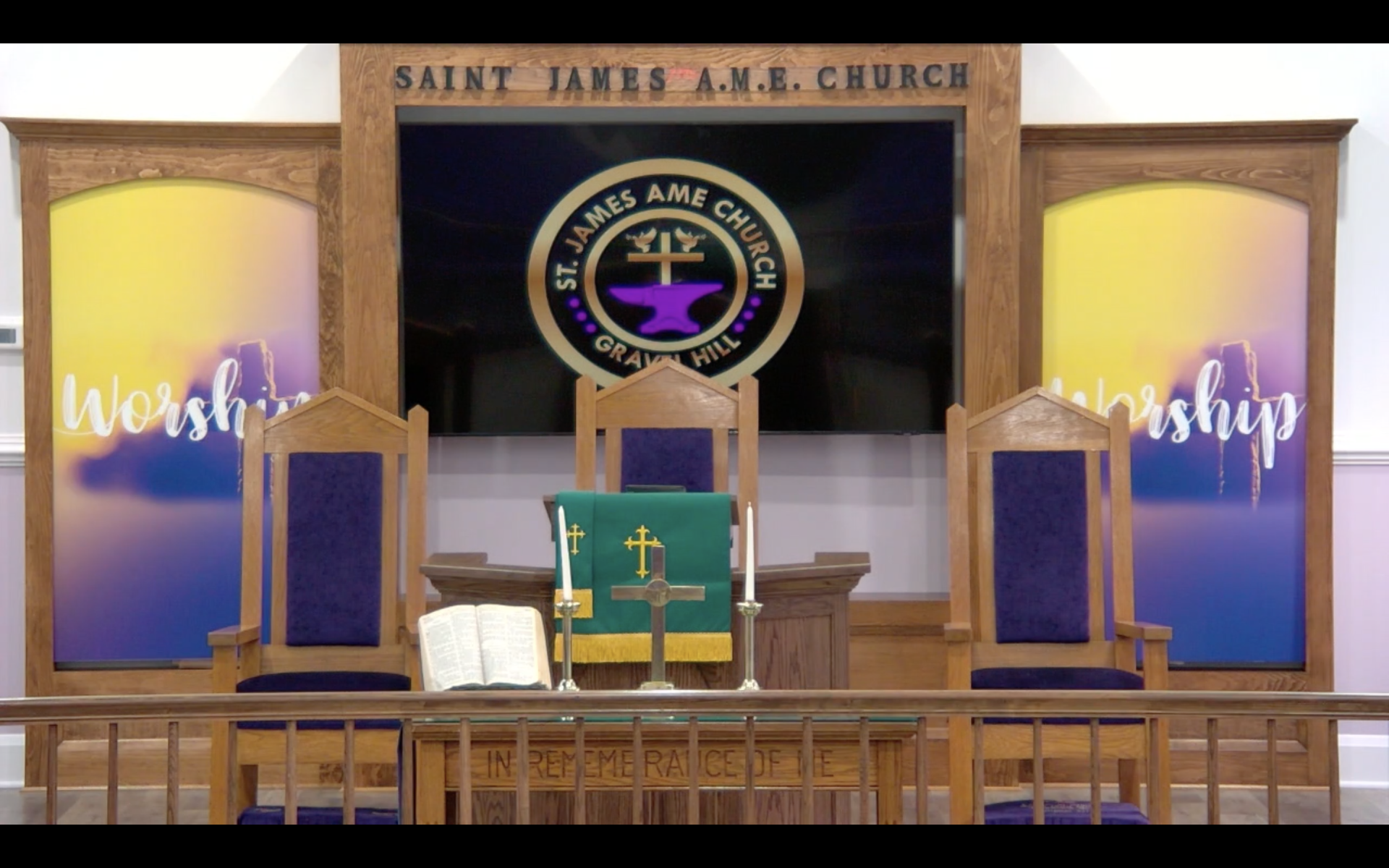
Slide title
Write your caption hereButton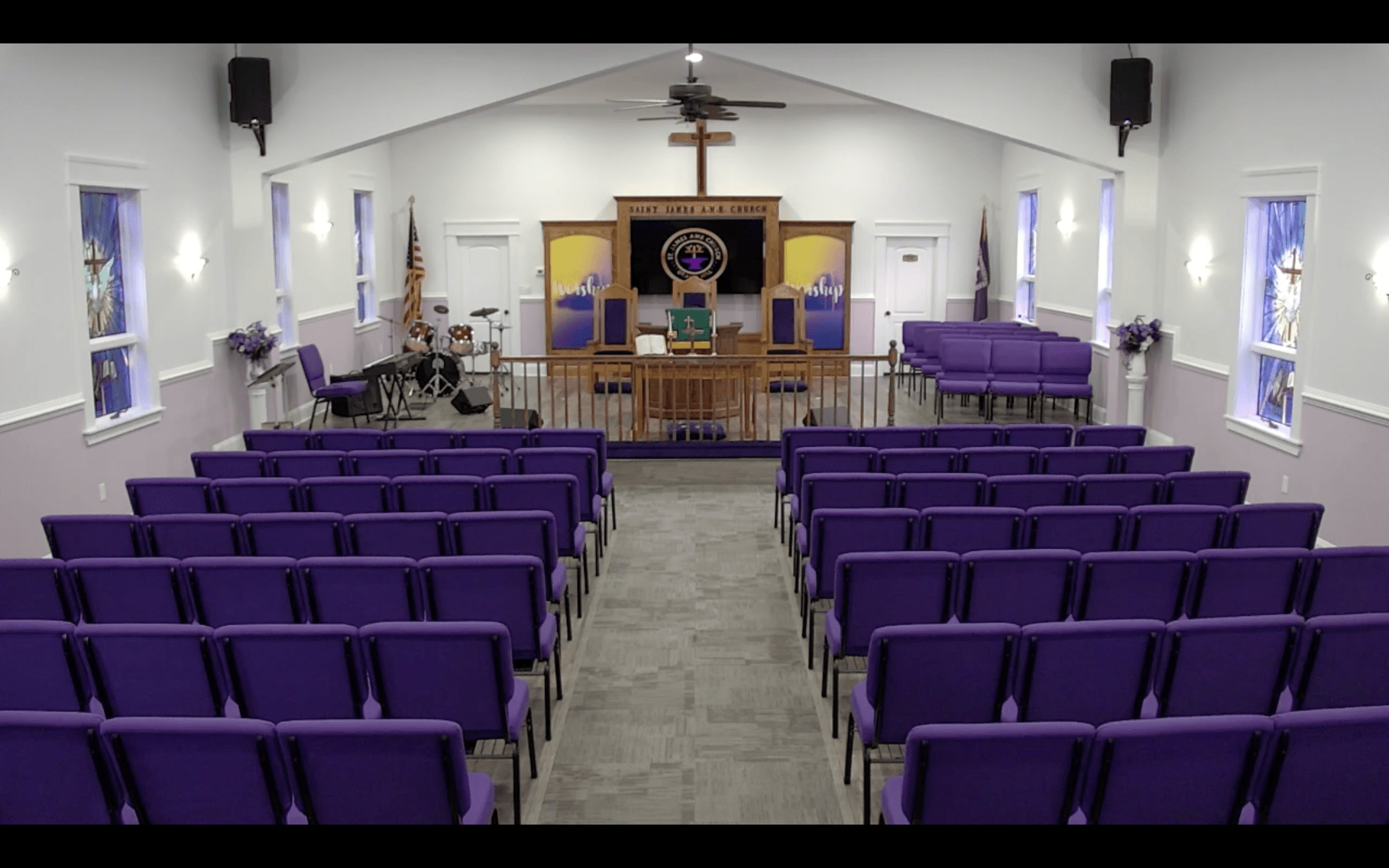
Slide title
Write your caption hereButton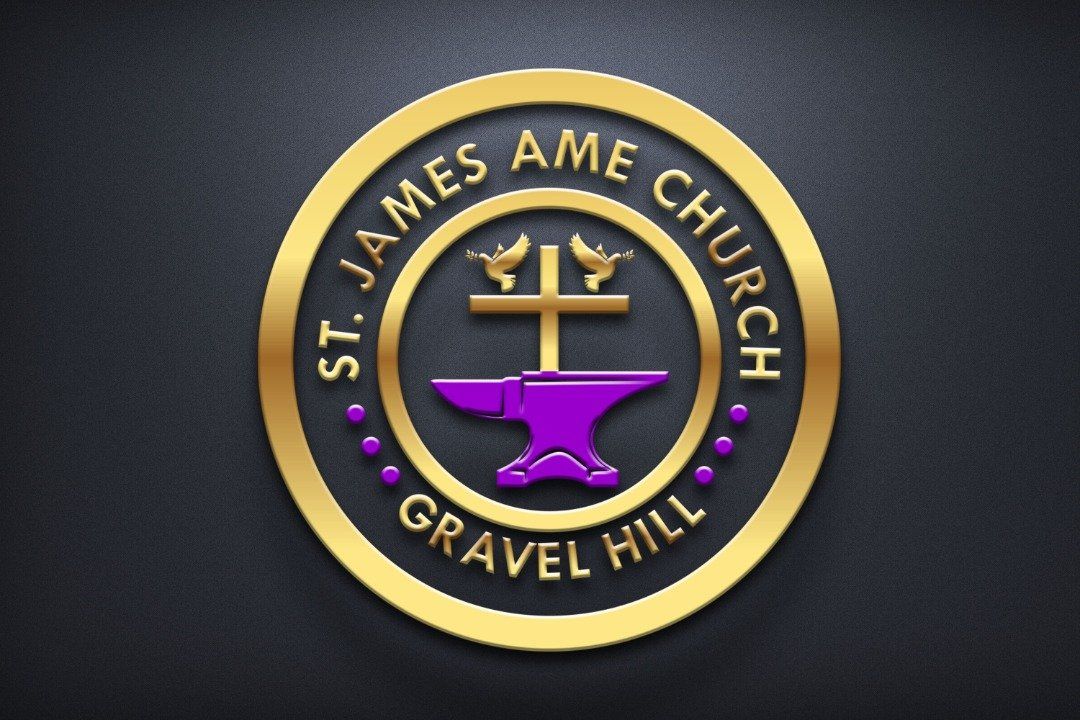
Slide title
Write your caption hereButton
